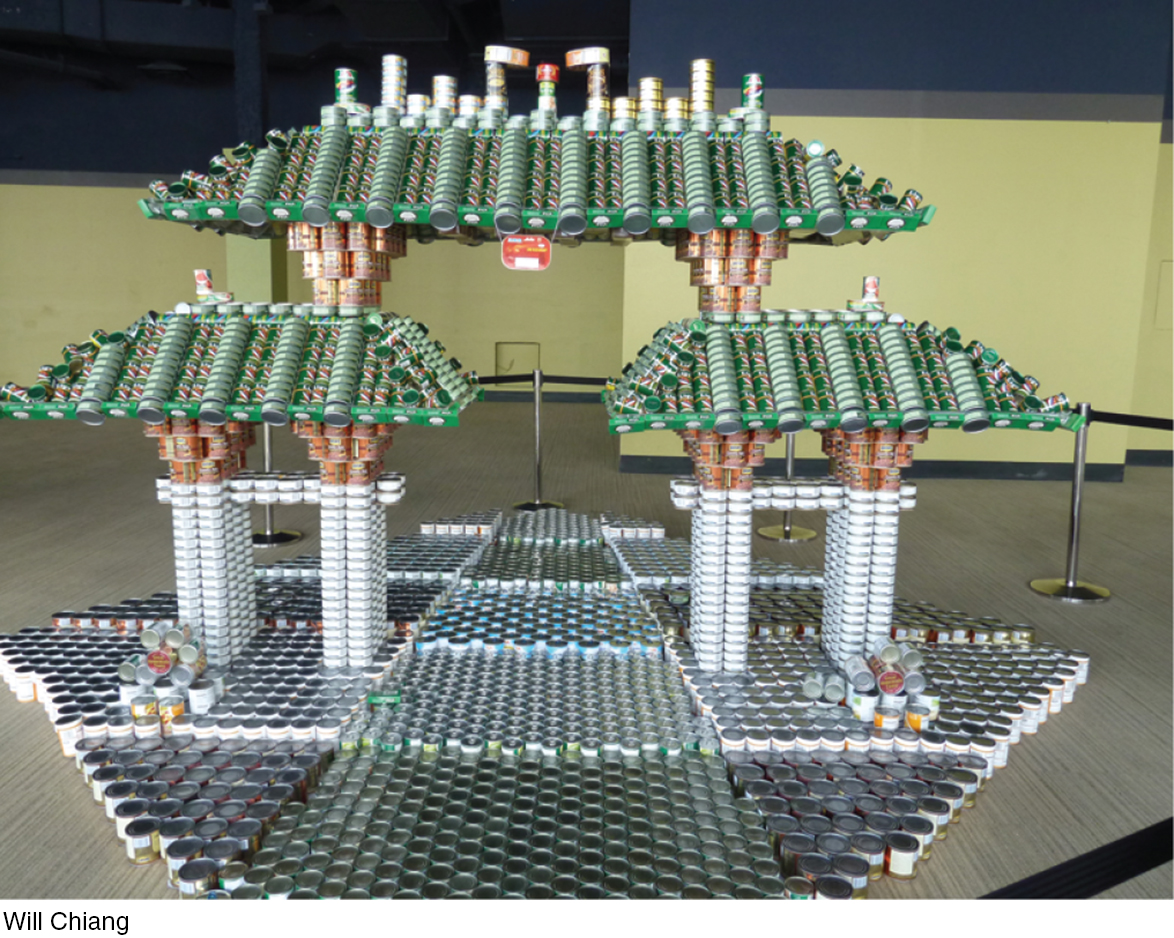Poverty and Income Distribution
15

Learning Objectives
15.1 Describe the difference between wealth and income.
15.2 Analyze functional, personal, and family income distributions.
15.3 Use a Lorenz curve and Gini coefficient to measure and describe the distribution of wealth and income.
15.4 Describe the impact of income redistribution efforts.
15.5 Describe the causes of income inequality.
15.6 Describe how poverty thresholds are determined.
15.7 Describe the two measures for determining depth of poverty for families.
15.8 Discuss alternative methods of measuring poverty.
15.9 Describe the prevailing theories on how to deal with poverty and income inequality.
On any given day, millions of families visit a food pantry to acquire basic groceries to get through the week; millions of children eat a free or reduced-
Poverty is an important problem that affects over 1 in 7 Americans, and has led many organizations to call for greater action to improve the lives of the poor. One such call is to ensure that every citizen has access to basic health care, education, and a living wage. Many who are concerned about poverty point to the problem of rising income inequality, which characterizes an economy that has prospered since recovering from the Great Recession of 2007–
The issue of income inequality rose to the forefront in the United States as data show that the richest 1% of the population earned nearly 20% of total income in 2015 and controlled about 90% of all wealth. This is a trend that is not slowing; inequality in the United States and around the world has expanded over the last three decades.
What are the causes of income inequality? Two opposing theories exist. On one hand, some believe that income inequality is the direct result of economic opportunities and tax policies that favor the wealthy few over the vast majority. On the other hand, others believe that income inequality is the direct result of robust market incentives that reward innovative ability and success. These people do not believe income inequality is a result of some social injustice. Instead, they feel that wealth is the reward that comes from the opportunity for anyone to work hard, become successful, and be paid what they are worth to the economy.

Earlier, we saw that when input and product markets are competitive, wages are determined by worker productivity and the market value of output workers produce. This explains why some professional baseball players, who possess a unique ability to throw a 95-
Still, many people have trouble accepting that baseball pitchers earn millions, while teachers earn only thousands, and many others eke out subsistence wages. Income inequality is among the most contentious issues facing economists and other social scientists today.
Questions of fairness are normative. They can only be answered through individual value judgments. Economics has no right or wrong answers to offer in this area, but economists frequently contribute to these discussions.
Economic analysis gives us some insight into why income inequality exists. We have already seen how market power, unions, and discrimination can potentially skew income distribution. Even when public policy focuses on reducing these market imperfections, inequalities persist. Regardless of the causes of income inequality, addressing its effects requires special attention to the bottom of the income distribution: those who live in poverty.
This chapter looks at income inequality, its trends, its causes, and how it is measured. We then turn our attention to poverty, focusing on how poverty is traditionally measured, and the U.S. Census Bureau’s new approach to measuring poverty. Finally, we look at current poverty trends and the causes of poverty. Throughout this chapter, we use economic analysis to provide a framework for analyzing income distribution, poverty, and the public policies used to combat poverty.